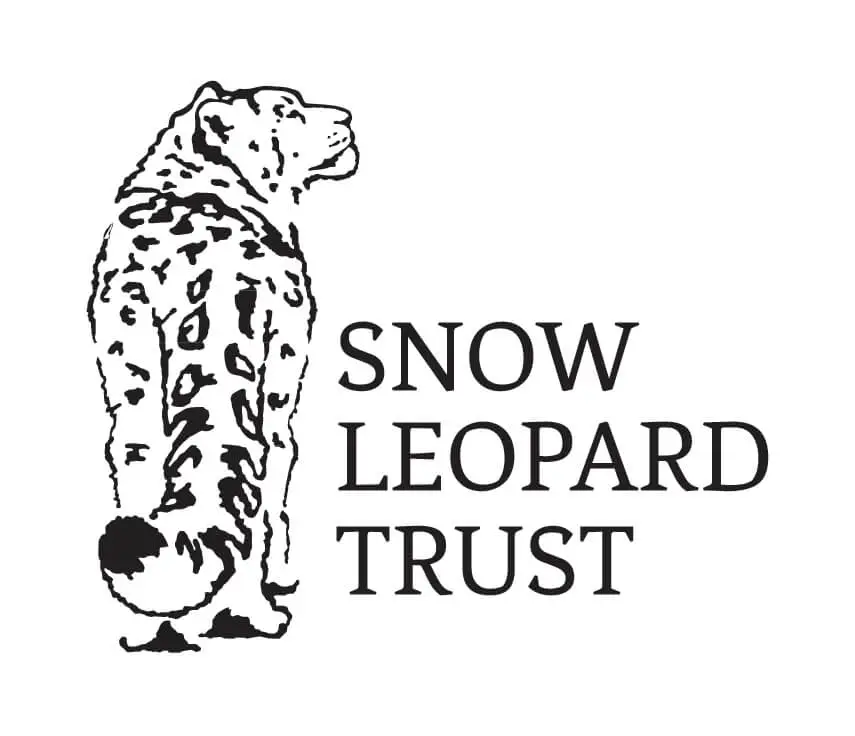Biodiv’Monde

The Snow Leopard Trust, supported since 2013 by Play for Nature, is the oldest organisation dedicated to the protection of the snow leopard, threatened in its natural environment.
Accueil » Snow Leopard Trust » Snow Leopard Trust
Snow Leopard Trust (SLT) works with government and conservationists in more than 12 countries, including Mongolia, home to the second largest snow leopard population in the world.
The population of this species is declining due to habitat destruction and fragmentation, poaching, reduction in the number of wild prey, and the proximity of farmers and their livestock with snow leopards which can lead to conflict and retaliation.
In each of the countries, the association carries out several projects at the same time: community conservation education programmes, scientific research and the development of protection actions. In 2008, the Snow Leopard Trust launched the first long-term ecological study on the snow leopard using GPS collars (more than 30 snow leopards are now equipped with these collars). The study has already provided biological, behavioural and territorial knowledge on this emblematic Asian animal that is difficult to observe in the wild. The study of camera traps in 5 countries over many years has enabled SLT to build up the largest collection of photos of snow leopards in the wild.
Play for Nature supports the Snow Leopard Trust in its long-term ecological research project on snow leopards in Mongolia.
In 2021, funding of 10,000€ has contributed to the study’s management costs and population monitoring. The €15,000 in funding requested for 2025 will finance the collection of scientific data, including the fitting of GPS collars and the installation of photo traps, as well as the development of the Snow Leopard Enterprise to raise awareness and create sustainable alternative income.
The funding also covers team salaries, awareness campaigns and field transport. By working closely with local communities and rangers, the project promotes sustainable management of the snow leopard ecosystem and its prey.

3 Place Jean Garnier, 63420 Ardes – FRANCE
Legal Notice | Website realized by Coqpit Communication agency.